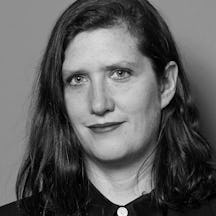We’re looking at one of the rarest and most precious objects in the Wellcome’s collection. It’s a folding almanac from the 15th century.
It was designed to be a portable object that would have been attached to a medical practitioner’s belt and carried around to help them diagnose patients. This almanac’s condition and exquisite detail show that it was a highly valuable object and was, possibly, never even used.
When closed, the rectangular almanac fits in the palm of your hand. It is covered in an embroidered binding made of green-and-pink silk. When opened, it unfolds like a map and shows astrological tables with lunar and solar eclipses, and diagrams.
On the unfolded page small circular diagrams show the lunar and solar eclipses dating between 1384 and 1462. They have been written in brown and gold and red ink, and at the centre of each one the sun or moon’s phases have been illustrated. On the other side of this page is an illustration of the zodiac man.
In the medieval period the cosmos played an important role in the understanding of human health. Astrology and medicine were taught in parallel in universities. Medical treatment often began with enquiries about exactly when the patient fell ill, at what time in relation to the lunar or solar cycles. An almanac such as this would have helped a practitioner prescribe the best treatment for a patient.
At this time the body was believed to be composed of four humours that corresponded to the four elements of the universe. It was believed these humours had to be kept in balance with the cosmos in order to stay mentally and physically healthy.
While our understanding of healthcare has changed over the centuries, the connections between our body and our surroundings still resonate powerfully today.
